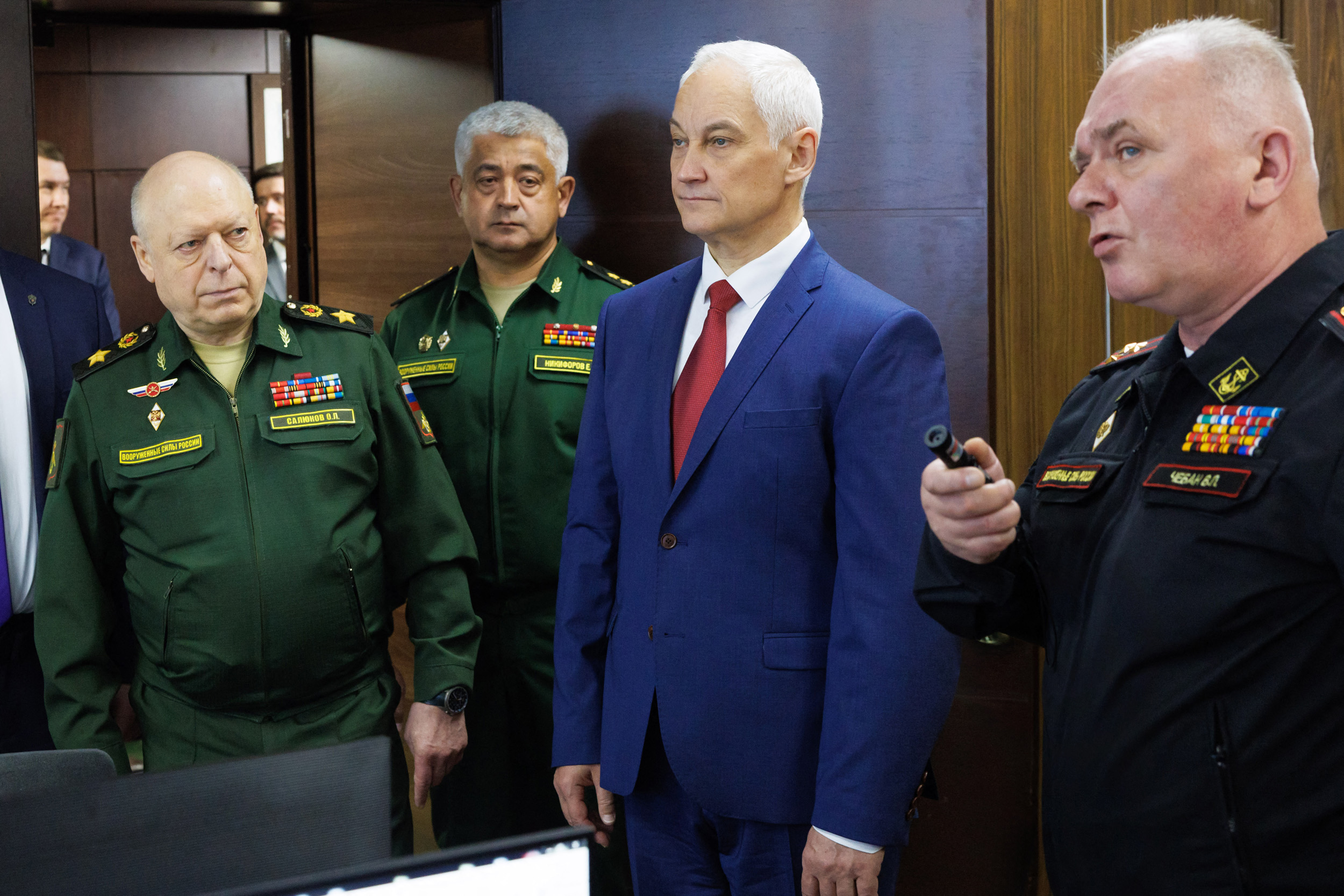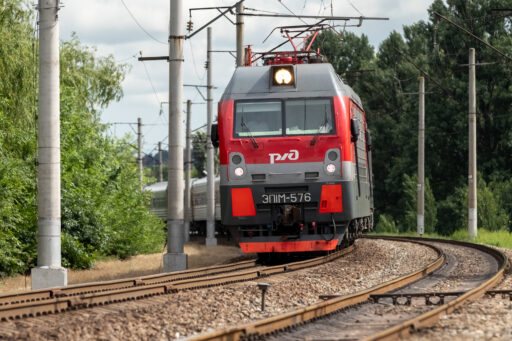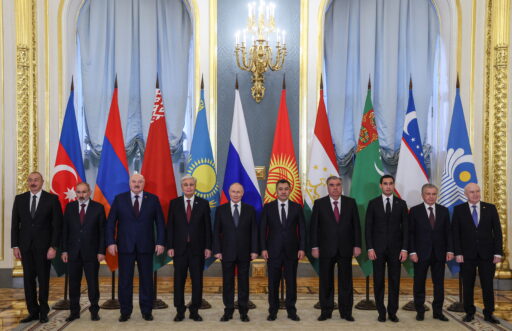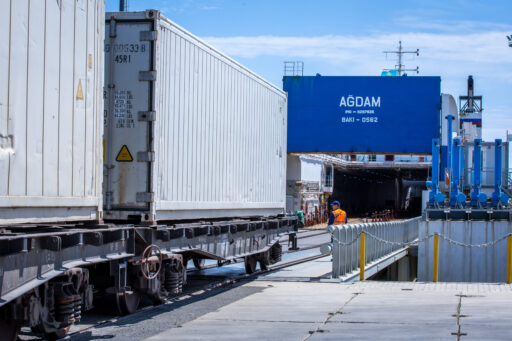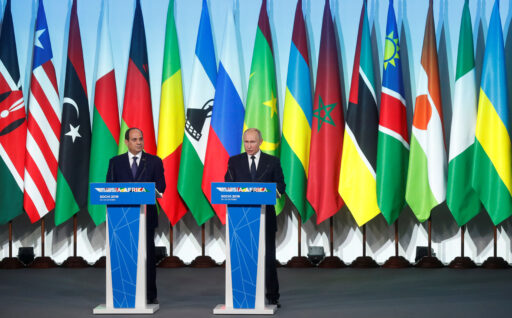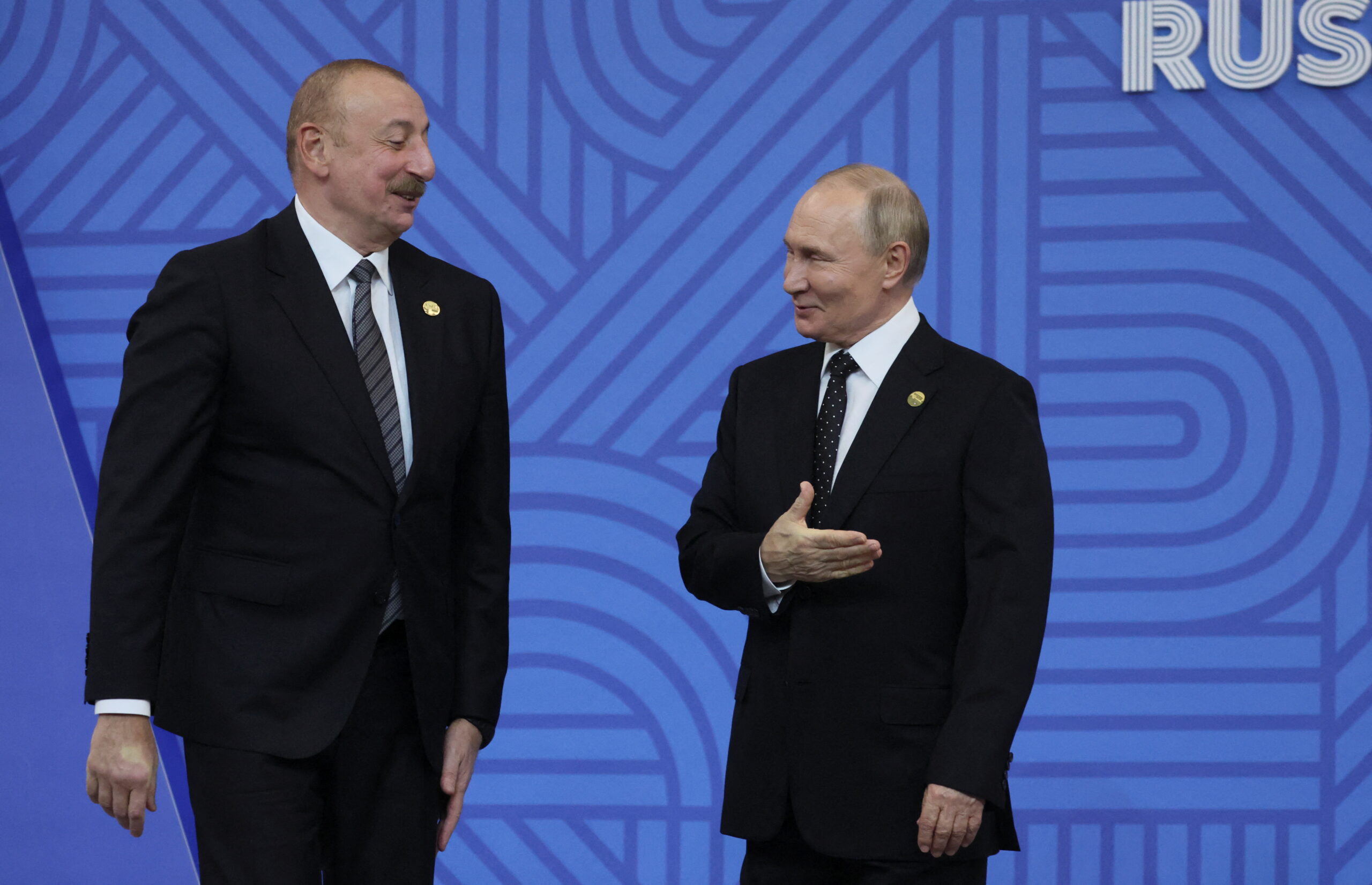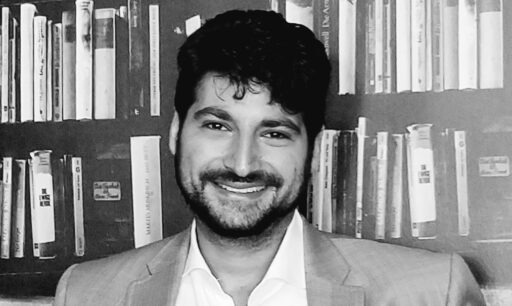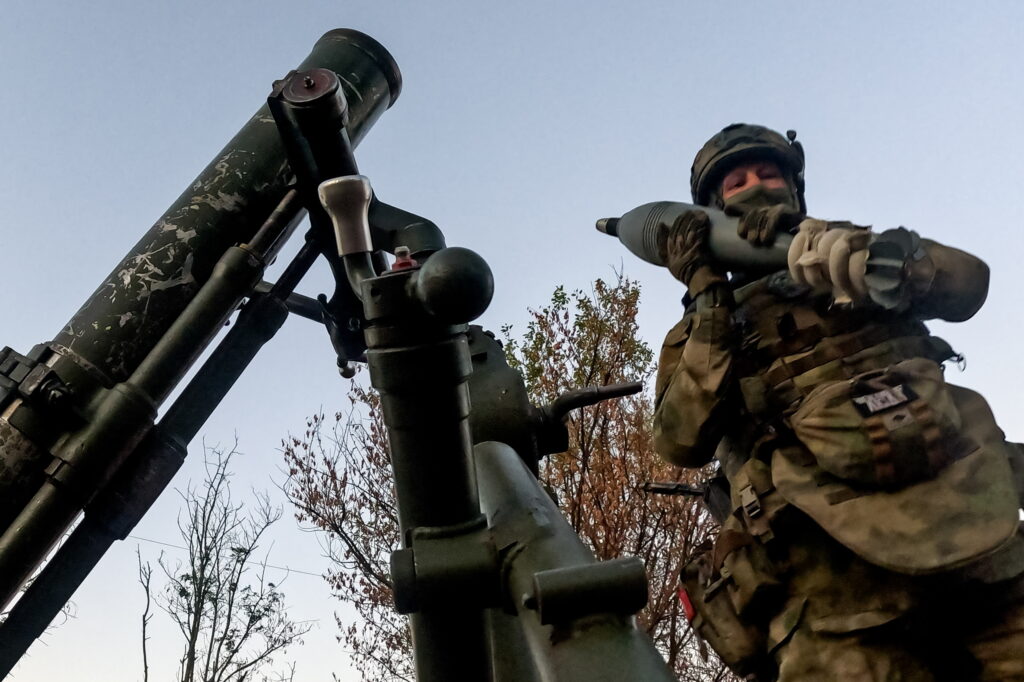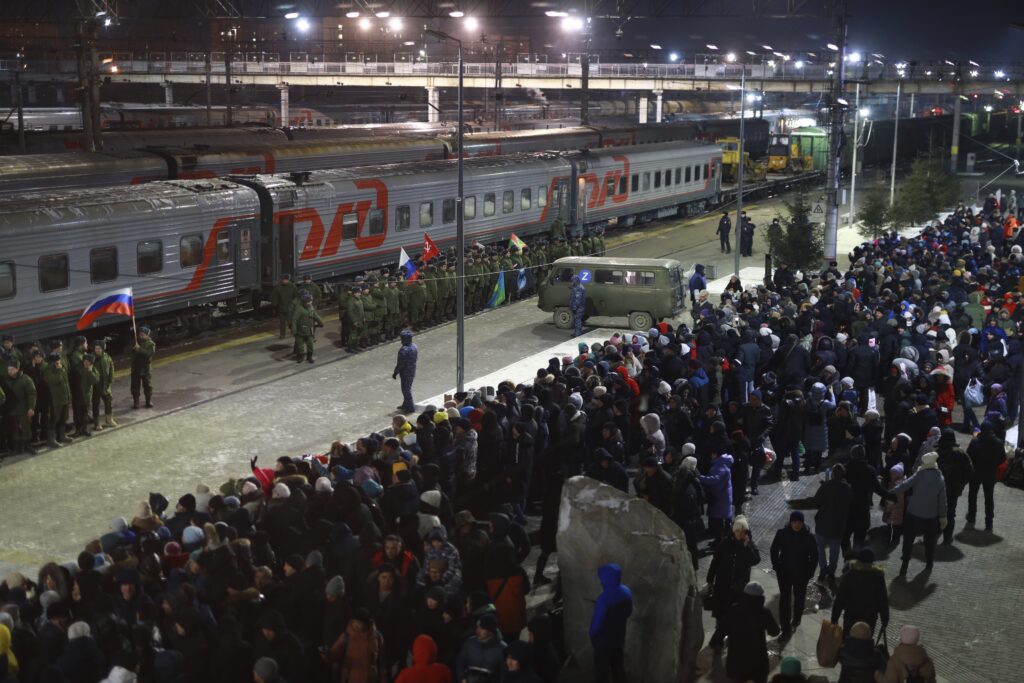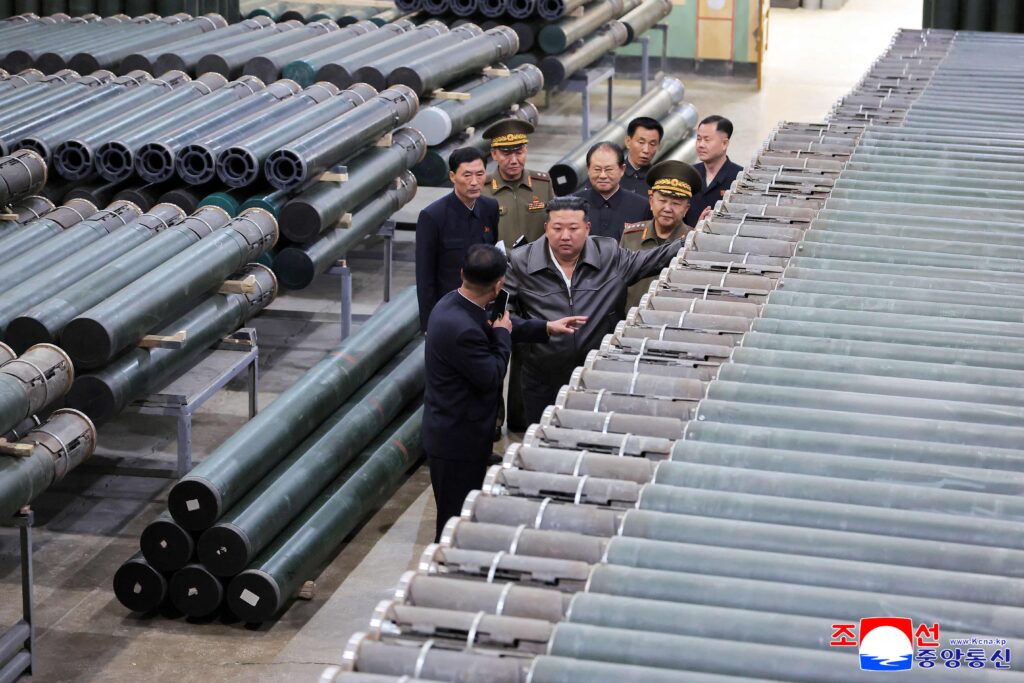Vladimir Putin’s appointment of Andrei Belousov as Minister of Defense has shocked many observers of Russian politics. An economist with an academic background, Belousov had few known connections to the military or even the security services writ large. Some have interpreted his appointment as less surprising than expected. After all, since 2014, Belousov had been known to be the most ideologically hawkish of Russia’s liberal-technocrats and, as Aide to the President on Economic Affairs, spearheaded the campaign for import substitution and «technological sovereignty» that followed the first wave of Western sanctions. Belousov, some point out, is a lifetime supporter of a state-led economy, a «military Keynesian,» whose appointment heralds a war economy.
There is much else to be said of Belousov’s current beliefs and the implications of his appointment to the Ministry of Defense for Russia’s war; but his characterization as a lifetime retrograde to Soviet style thinking and pure military Keynesianism is an unhelpful one. Belousov and his mentors may have dissented from the kinds of policies favored by the more infamous «shock therapists,» but they also had much in common.
Instead, Belousov and his intellectual biography is a glimpse into the complexities and ultimate tragedy of economic reform and policy in the late-Soviet Union and post-Soviet Russia. Ideas and political projects which formed as critiques of the Soviet Union’s war economy and post-Soviet Russia’s resource extraction model ultimately turned into the tools of a new militarist ideology and a deeply kleptocratic state.
The Gosplan Science
The road to Belousovas Defence Minister started before he was even born. In 1955, as part of a broader reorganization of the Soviet planning apparatus to spur more technological innovation, a new Scientific Research Institute for Economics [Nauchno Isledovetl’nyi Institut Ekonomki] (NIEI) was organized within Gosplan. The job of this institute was to give the planning agency’s leadership a better idea of industrial trends to encourage innovation and integration of new technologies. Under the leadership of Anatolii Efimov, NIEI became a leading Soviet research institute for not only understanding the structure of the Soviet economy and its capital stock, but also for comparing it to that of large capitalist economies. NIEI was one of many clusters of economists in the Soviet Union incorporating mathematical modelling into economics.
NIEI was not as famous an institution as contemporaries like the Central Economic Mathematical Institute (CEMI) and did not publicly wade into the public economic and policy debates of the late 1950s and 1960s. However, its forecasting approach was political. It implicitly assumed some process of what Marxist theorists call a process of «reproduction» which implied that «commodity relations» drove inter-industry relations in the so-called socialist economy of the USSR — in other words, the USSR featured at least elements of a market economy.
The first Belousov to enter economics was Andrei’s father, Rem. His arrival at NIEI coincided with a moment of uncertainty in Soviet economic policy. By the mid-1960s, it was obvious that Khrushchev’s promises of catching up and overtaking the West weren’t coming true. Instead, it was clear to the NIEI and other experts and policy makers that overinvestment into producer goods and the military industrial sector was causing growth to slow down. To sustain high growth rates, resources had to be shifted to consumer goods sectors that were in demand and thus profitable.
After Khrushchev’s ouster, the new leadership, specifically Premier Alexei Kosygin, pursued a reform that would decentralize management and emphasize the role of profits in labor incentives and new capital investment- implicitly de-emphasizing low profitability producer goods industries and increasing innovative sectors and consumer goods. Rem Belousov served as a participant in these debates and discussions within Gosplan. By the late-1960s, reforms began to stall and were rolled back by more conservative factions in the aftermath of the 1971 XXIV Party Plenum.
The failure of the Kosygin Reforms launched a series of changes in the organization of Soviet economic research. Amongst these was that many of NIEI’s top economists moved to CEMI. NIEI veterans were allowed to operate almost as their own institute within CEMI under the leadership of Alexander Anchishkin. One of the most influential theorists working in Anchishkin’s group was Yuri Yaremenko. An nnthropologist, Adam Leeds, has extensively reviewed Yaremenko’s work and the influence of his 1981 book Structural Changes in the Soviet Economy.
At first glance, this was a highly technical book filled with complex mathematical equations. But to those who could interpret the model, it was a political book. Yaremenko’s work emphasized the problems associated with unprofitable overinvestment. In his lectures and notes, he made this argument more explicit and added a conclusion about the resulting impact on social relations. The falling rate of profit in meant that the economy increasingly depended on an underclass of migrant workers who did not have access to social services due to their informal employment and lack of registration papers. This underclass was increasingly «socially degraded» and prone to crime and alcoholism. Yaremenko’s critique of Soviet social structure was implicitly a critique of the USSR’s war economy — its impulse to prioritize the military-industrial complex and legacy industries associated with it.
One of the young economists exposed to Yaremenko’s ideas was Andrei Belousov who joined his father at CEMI after graduating from Moscow State University (they would also be joined by Andrei’s brother Dimitri). The younger Belousov worked on macro-economic forecasting and in 1986, became a department head when Anchishkin’s group of NIEI was spun off into its own institute — the Institute for the Scientific Forecasting of Scientific Technical Progress. By the mid-1990s, he was one of its most respected researchers.
Between Economy and Society
Soviet economics in the 1970s was heavily engaged with a broader, interdisciplinary trend toward appreciating what became described as «human factors» in economic growth. This work was inspired by trends in global economic research to search for sources of growth outside of capital and labor, studying trends like education and what would gradually be called «human capital.» Soviet economists deployed these concepts to critique the interaction between the Soviet economy’s structure, its incentives, and the resulting system of management’s impact on social relationships. In this regard, Yaremenko was not so different from other contemporary luminaries of Soviet economics such as Tatiyana Zaslavskaya and Stanislav Shatalin. Yaremenko’s most distinct feature was his emphasis on imbalances between industries and their effects on the degradation of the Soviet capital stock, consumption patterns, and the increasing alienation and fracturing of society.
One group of young economists influenced by Yaremenko’s work connecting industrial and social relations was centered around Egor Gaidar. In their reading of Yaremenko, Gaiar and his associates like Anatolii Chubais and Vitali Naishul, came to argue that the USSR should not be modelled as a planned economy but a «deformed market economy,» dominated by powerful monopolies who had captured the state. Drawing on the writing of New Institutionalist economists like Douglas North, they argued that the key to reform was to break the power of the monopolies and restore an a priori equilibrium that already had the potential to exist. Rapid privatization would break the political power of the entrenched monopolies and introduce a new class of managers with real incentives.
Yaremenko and Belousov did not disagree with Gaidar regarding the problem of monopolization and political power. However, they were more skeptical toward privatization. In their framework, a change in ownership would not necessarily shift the incentives imposed by the pre-existing capital stock and inter-sectoral relationships. As Belousov wrote in a 1995 article, «The crisis [of the Soviet and post-Soviet economy] began in the 1970» but the shock of the Soviet collapse only worsened the trend toward disparity between high-tech and low-tech sectors, under-supply of the consumer market, and high resource uses. The reforms of the early 1990s had stabilized the situation but at the cost of low growth-rates, under-employment, and low technological development. So, Soviet trends toward supporting the consumer sector with imports and the dominance of the primary goods sector — primarily petrochemical — only deepened, ushering in an increasingly corrupt political elite. To reverse these multi-decade trends, the state needed to take control of the economy with an active investment policy, including active joint ventures to import technology, investment in infrastructure and the protection of domestic consumer markets.[1]
Reading these excerpts of Belousov’s writing one does not find anything too different from similar writings of economists all over the world. His papers argue that the Russian economy suffered symptoms of what economists label «Dutch disease» — the dominance of resource rents in exports which drive up the price of the currency, thereby undermining the competitiveness of domestic value-added sectors.[2] A related literature emphasizes the fact that economies dominated by resource industries have a tendency toward corruption and oligarchal elites. Many economists and other policy scholars recommend that states facing these challenges pursue a policy of actively re-investing resource rents into value added, export-oriented industries to spur more balanced growth.
What does stick out in Yaremenko’s and Belousov’s writings from the mid-to-late 1990s is their socio-political analysis about the barriers to such policies. In a 1996 article, Yaremenko featured a discussion of the contents of liberal policies in the Russian context. In his opinion, so-called liberal policies pursued in the early 1990s were not liberal in spirit because they were introduced in a bureaucratic spirit, as shortcuts for complex problems. Instead, liberal policies in Russia might have to be somewhat anti-liberal in content and more directly regulate the pricing power and profits of monopolized sectors — especially the energy sector. Yaremenko concludes that Russia needed to establish some kind of «common economic interest» across various social groups that would enable it to pursue the long-term industrial policy required to technologically upgrade and re-construct the capital stock. He argued that the reforms of the early 1990s pursued privatization as a «short cut» for such a political and social solution but instead just re-affied earlier trends. Yaremenko had no such easy answers.[3]
On the other hand, Belousov was much more explicit about what Russian economic policy needed — a strong state and national idea. In a 1998 article, entitled «Systemic Crisis as a Challenge to Russian Society» he argued that Russia’s crisis was both homegrown and part of a global weakening of «western civilization.» This was especially dangerous for Russia, which was a multi-cultural society and could not find new meaning and social cohesion in nationalism without splitting itself apart even further. Any economic program had to find a political counterpart that would facilitate a «high level of societal consolidation» and «advance a dialog between the authorities and public (the elite and the masses) and the various social, cultural, and ethnic groups.» Russia needed a national program of social and economic rejuvenation. A strong state and more egalitarian economy were necessary to save Russia from another decade of crisis through a massive program of industrial and technological «modernization.»[4]
Strong States and War Economies
For most of his reign, Putin took credit for the return of a strong state and attendant prosperity. Indeed, in the early-to-mid 2000s, higher energy costs and some measure of improved tax collection created a boom in the Russian economy. Belousov was not a cheerleader. He emphasized that the Russian economic miracle was still largely driven by resource revenues and the boost that those revenues gave to the long-suffering consumer.
However, in 2006, he joined the ministry of economic development. That move was understandable. In his first two terms, Putin made gestures toward a strong program of state investment and innovation. After his return to power, and increasingly nationalist turn, Putin — most infamously in his 2012 May Decrees — doubled down on rhetoric about rebuilding Russia’s industry, establishing technological leadership, and improving wages and social services. After the 2014, seizure of Crimea and the imposition of Western sanctions, «import substitution» and «technological sovereignty» became the orders of the day. Belousov’s influence, at least in drafting economic policy, seemed to be growing.
However, rhetoric and reality do not have much in common. For most of his time in power, Putin’s economic policies have been strongly conventional and even austere. In fact, direct government infrastructure investment in Russia remained low and despite the economic boom, value-added sectors lagged. Putin certainly helped reconsolidate some of the political coherence of the Russian economic elites by renationalizing the energy sector and placing his cronies in charge. The redistribution of oil revenue under Putin did improve income inequality, largely by transferring some money to middle income professions but did not close the gap between those and the absolute poor. One paper found that the top ten percent of income earners were enjoying the highest real income growth while the bottom fifty saw flat to negative growth.
Putin’s early, austere policies have often been attributed to conventional, hardheaded economics. However, they were also strategic. Low rates of government spending and hoarding currency reserves gave Russia independence from global financial markets and the discipline they impose on other middle-income economies. Allowing the currency to float in 2015 helped absorb the impact of post-Crimea sanctions and cemented the status of Elvira Nabiullina, Russia’s highly economically orthodox central banker, as an extremely competent economic manager by an increasingly paranoid and hawkish Putin.
The full-scale invasion of Ukraine undermined the success of policies pursused by systemic liberals like Nabiullina. In the face of heroic resistance by the Ukrainian Armed Forces and stronger-than-expected Western financial sanctions, Putin has doubled down and chosen to fight a long war. These circumstances forced the central bank to accede to direct controls over the flow of capital and scarce foreign exchange. Between direct military expenditures, extra-incentives for soldiers, and higher social spending for veterans, wounded, and families, the war related spending may take up as much as 40% of the government’s 2023−4 budget and 10% of GDP. At the same time, official rhetoric speaks of a new idea of national unity and the creation of a new elite of war veterans that will replace the old corrupt oligarchy.
Some of this should be music to the ears of Belousov as he sits at the top of the Ministry of Defense of a militarized Russia. However, the irony is that Belousov’s economics were rooted in a critique of the war economy of the USSR. The tradition that began at NIEI and reached its apogee under Yaremenko critiqued the Soviet Union’s economy from its overemphasis on the military-industrial complex. Even if there were some positive spillovers from military innovation, they were temporary without a sustained strategy and an emphasis on balanced growth and civilian consumption.
The tragedy of Belousov and the broader story of Soviet and post-Soviet economic policy and reform is that Yaremenko was right — the problem facing reformers is that Soviet society was so increasingly broken that it could not build a sustainable coalition for deep, structural reform without coming apart. So called «shock therapists» under Gaidar hoped to rapidly break the old system and build a new class of owner-managers. Instead, they helped create an oligarchical structure that laid the basis for an authoritarian presidency. Yaremenko — and, even more so, Belousov — searched for such a coalition and never found it.
Instead, the warfare state is back with one of the reformers at its head. But the warnings of his mentor should not be forgotten. Just as the privatization of the 1990s could not break the habits and path dependencies of Soviet economic practices, neither does it seem that Belousov will be able to overcome the inertia of the Ministry of Defense. In his first month, the lying, corruption and brutality continue; Belousov has taken to wearing a ridiculous looking military uniform, drawing comparisons to his predecessor. By choosing to embrace the warfare state, Belousov will likely further entrench the dependencies his mentors understood were destroying the USSR and holding back Russia from reaching its full potential.
[1] Translated as A.R. Belousov, Erratic Stabilization of The Economy: What’s Next (Our Developed Reproduction Model)" Studies in Russian Economic Development 7(1), 1996: 2−20.
[2] A.R. Belousov, «Rosseiskaya Ekonomika v Srednesrochnoi Perspektive: Scenarii Razvitiia» Problemy Prognozirovanniia no. 4, 2004: 3−29.
[3] Translated as Y.V. Yaremenko, «Specific Features of Russia’s Economic Reforms and Long-Term Structural Policy» Studies in Russian Economic Development 7(5), 1996: 381−385.
[4] Translated as A.R. Belousov, «System Crisis as a Challenge to Russian Society» Studies in Russian Economic Development 9(2), 1998: 120−141.
